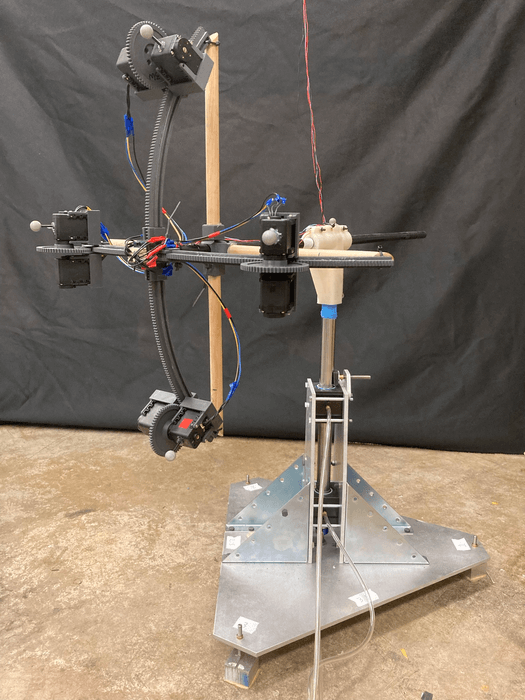ATLANTA – Robots have just thrown a curveball at the laws of physics. Scientists from the Georgia Institute of Technology say humans, animals, and machines typically need to push against something in order to move. However, their new study has just proven the exact opposite can be true – in a curved space.
Their experiment proved that objects can in fact move without pushing against something, as long as the movement takes place in a curved space. Until recently, scientists believed all objects needed to push against something in the air, under water, or on the ground – following the law of conservation of momentum.
Georgia Tech researchers created a robot, completely isolated from the environment and confined to a spherical surface so the machine would always encounter a curved surface.
“We let our shape-changing object move on the simplest curved space, a sphere, to systematically study the motion in curved space,” says Zeb Rocklin, an assistant professor in the School of Physics, in a media release. “We learned that the predicted effect, which was so counter-intuitive it was dismissed by some physicists, indeed occurred: as the robot changed its shape, it inched forward around the sphere in a way that could not be attributed to environmental interactions.”

Could this affect the exploration of space?
During their study, the team let a set of motors drive on curved tracks to move masses. They then connected their system to a rotating shaft, so the motors continuously move around the sphere.
Air bearings and bushings supported the shaft to minimize friction. Scientists also modified the shaft to minimize the force of gravity on Earth.
After that, the robot continued to move, with gravity and friction only able to exert a small amount of force on it. Moreover, researchers found that these two forces combined in the curved space to produce a strange dynamic that neither force can create on its own.
Study authors say their experiment demonstrates how to create a curved space that “fundamentally challenges physical laws.”
As robotics become increasingly precise, the findings may have implications for GPS systems which relay positions from satellites in orbit. In the future, scientists may even be able to use this knowledge to build spacecrafts which can navigate the curved space around a black hole!
“This research also relates to the ‘Impossible Engine’ study,” Rocklin concludes. “Its creator claimed that it could move forward without any propellant. That engine was indeed impossible, but because spacetime is very slightly curved, a device could actually move forward without any external forces or emitting a propellant – a novel discovery.”
The findings appear in Proceedings of the National Academy of Sciences.

